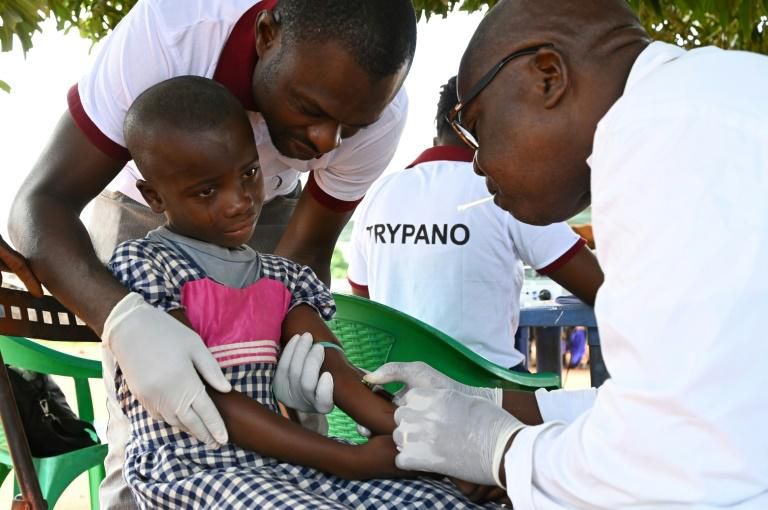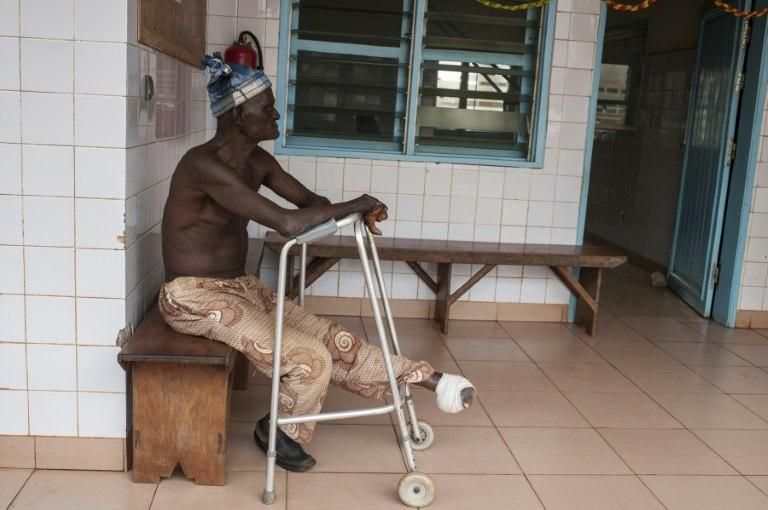From smallpox to sleeping sickness: How Kenya eliminated 6 deadly diseases
)
Kenya has achieved remarkable public health victories over the decades, successfully eliminating a number of deadly diseases that once claimed countless lives.
These milestones, won through dedicated government programmes, international partnerships, and community efforts, represent major progress in safeguarding the nation’s health.
Here is a look at the diseases Kenya has successfully beaten.
1. Human African Trypanosomiasis (Sleeping Sickness)
On August 8, 2025, the World Health Organization (WHO) officially validated that Kenya had eliminated sleeping sickness as a public health problem.

This parasitic disease, spread by tsetse flies, was once a serious threat in parts of rural Kenya, causing severe neurological damage and death.
The victory was secured through decades of work involving strict surveillance, better diagnosis and treatment for patients, and effective control of tsetse fly populations, bringing transmission down to negligible levels.
2. Wild Poliovirus
Kenya played a crucial role in the continent-wide effort that saw Africa declared free of wild poliovirus on August 25 2020.

Through years of relentless mass immunisation campaigns reaching every corner of the country, Kenya helped stop the transmission of this crippling virus.
Health officials remain vigilant, however, as the risk of outbreaks from other forms of the virus (vaccine-derived poliovirus) means that vaccination efforts must continue.
READ ALSO: UN declares Africa free of polio
3. Guinea Worm Disease (Dracunculiasis)
In March 2018, Kenya was officially certified free of Guinea worm disease.
)
This agonising parasitic infection was contracted by drinking contaminated water containing water fleas infected with Guinea worm larvae.
Its elimination was the result of providing access to safe drinking water, intensive community health education, and a robust surveillance system that successfully tracked and contained every potential case, breaking the cycle of transmission.
4. Maternal and Neonatal Tetanus
The WHO confirmed the elimination of maternal and neonatal tetanus in Kenya on February 22 2019.
)
This bacterial infection, often contracted during childbirth or through unhygienic umbilical cord care, was a major cause of preventable deaths among mothers and newborns.
The achievement was driven by successful nationwide tetanus immunisation campaigns for women of childbearing age and by promoting safer, more hygienic delivery practices in health facilities and communities.
5. Leprosy
As early as 1989, Kenya achieved the milestone of eliminating leprosy as a public health problem.

This was defined by the WHO as having a prevalence rate of less than one case per 10,000 people.
While a few isolated cases are still detected and treated each year, the country's sustained multi-drug therapy programmes have ensured that the once-feared disease no longer poses a widespread threat to the public.
6. Smallpox
Kenya was a key participant in the global campaign that led to the complete eradication of smallpox, the only human disease to be wiped out worldwide.
)
The country successfully stopped its own endemic transmission of the virus by 1969, more than a decade before the WHO officially declared the world free of smallpox in 1980.
This historic achievement was made possible by a systematic and widespread vaccination programme.
These successes show that with sustained investment in public health systems, from vaccination to surveillance, overcoming major health challenges is possible.
While the fight continues against other diseases like malaria and tuberculosis, these victories have saved millions of lives, reduced suffering, and serve as a powerful inspiration for future health initiatives.
)
)
)
)
)
)
)
)
)
)